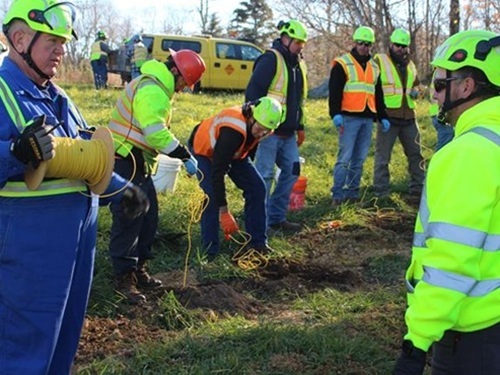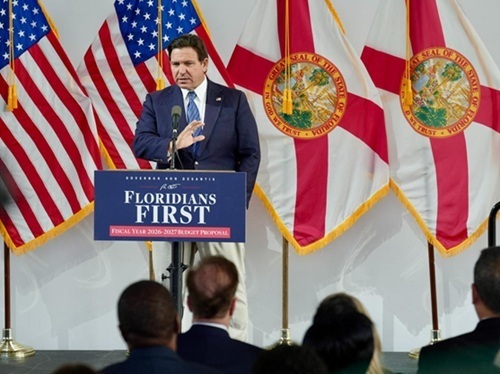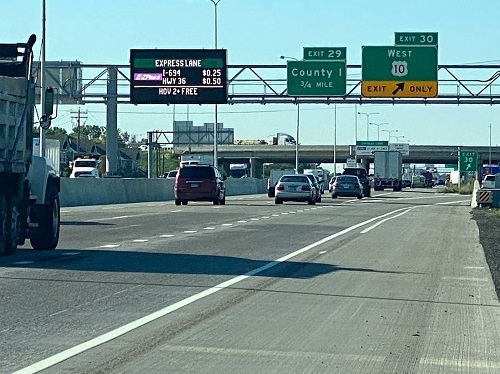A common perception is that managed highway lanes benefit higher-income motorists the most. However, new research by the Minnesota Department of Transportation indicates the users of managed lanes are far more diverse – especially among income levels – than previously thought.
[Above photo by Minnesota DOT]
Managed lanes seek to reduce traffic congestion and improve travel times along urban highways. In Minnesota, where they are known as E-ZPass lanes, managed lanes are available to carpoolers and transit users for free during high-traffic times, while solo motorists pay a fee.
The Local Road Research Board and Minnesota DOT were interested in understanding the demographics of E-ZPass users and find ways to improve equity in planning for managed lanes.
In a blog post, Minnesota DOT explained that – after reviewing existing literature on equity issues associated with managed lanes – investigators analyzed demographics in four main corridors of Interstate 394 (I-394), I-35W and I-35E using techniques that summarize and visualize both statistical and spatial data distributions.
Numerous data sources identified demographic characteristics for travel shed users and E-ZPass lane users, such as transponder owners, carpoolers and transit riders. Those characteristics included population, income, poverty level, race, education, disability, travel mode, and the age of the head of household, the agency said.
The comparison of demographics of E-ZPass lane users with the general travel population revealed that E-ZPass lane users – about 80 percent of which are either carpoolers or transit riders – are slightly more racially diverse than the larger population. A lower percentage of people with disabilities, however, use managed lanes than use the travel sheds. There is little income difference between E-ZPass lane users and travel shed users, even though more E-ZPass account holders have higher incomes, the researchers found.
The study also identified nine measures transportation agencies can use in evaluating potential equity impacts of managed lane projects, such as: shorter travel times, increased accessibility to jobs, and new trips originating in underrepresented communities; improved local road safety; air quality and noise level improvements; and input and involvement from community residents in project alternatives.
Additional recommendations included collecting more demographic data from transponder owners; exploring project enhancement opportunities to improve outcomes in underrepresented communities; and elevating community voices in research, planning, design and implementation efforts.
 States
States
NCDOT Staff Participate in ‘Explosive’ Technical Training
December 19, 2025 States
States

